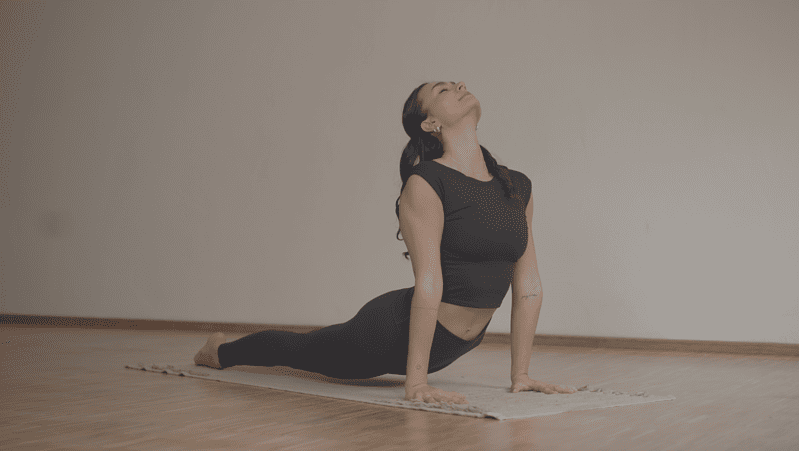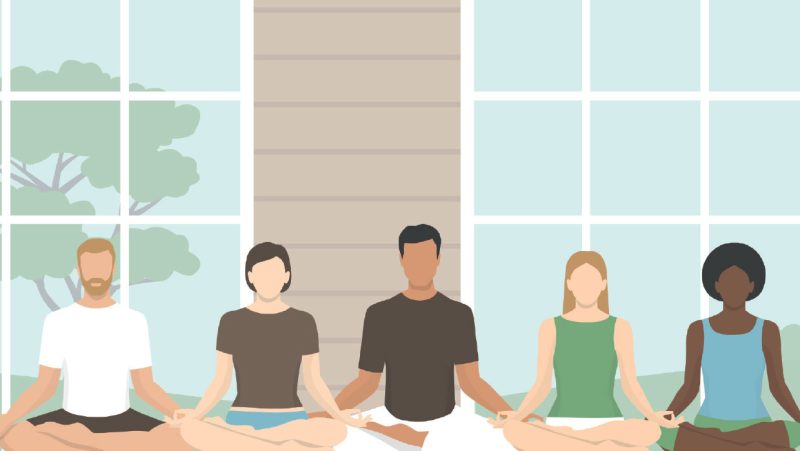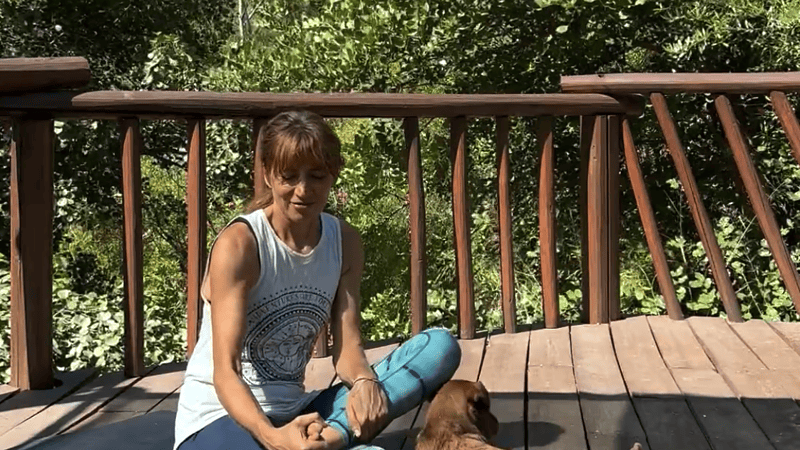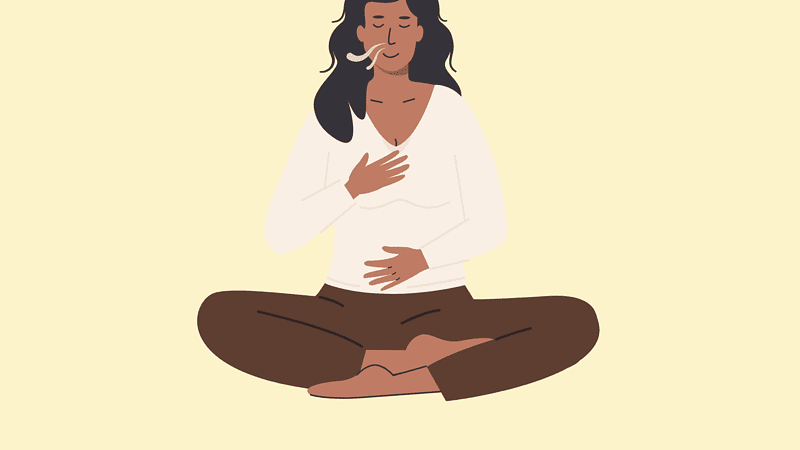
The Ancient Wisdom of Pranayama
As a yoga teacher with three decades of experience, I've witnessed countless students transform their lives through the simple yet profound practice of pranayama. For midlife individuals, both women and men, these ancient breathing techniques offer a scientifically-proven pathway to reclaim vitality during a period of hormonal and lifestyle changes.
Reading time: 3 minutes
Midlife is often a time of challenge, as the body and mind navigate transitions. I've noticed that many of my midlife students, both female and male, struggle with breathing issues. Women often feel winded or unable to walk and talk at the same time, which can be attributed to hormonal shifts. Men, on the other hand, may develop shallow breathing patterns due to years of sedentary desk work that obstructs the diaphragm, or from carrying extra weight round the mid-section. Pranayama can help restore proper breathing mechanics and provide much-needed relief.
What is Pranayama?
The term is derived from a combination of several Sanskrit words:
- Prana: life force or vital energy
- Yama: control
- Ayama: expansion or extension
This breathing practice forms one of the eight limbs of yoga, serving as one of the bridges between Asana (the physical practice) and Dhyana (meditation). Modern research has shown that controlled breathing can influence our nervous system, reducing cortisol levels and activating the parasympathetic response - crucial for midlife individuals managing stress, hormonal fluctuations, and physical changes.
Simple Pranayama Techniques for Midlife
Dirga Pranayama (Three-Part Breath)
Perfect for beginners, this technique helps establish awareness of the complete breathing process.
Start by:
- Finding a comfortable seated position
- Placing one hand on your belly and the other on your chest
- Breathing deeply into your lower abdomen, then middle ribcage, and finally upper chest
- Exhaling in reverse order
This full, diaphragmatic breathing can help counteract the shallow breathing patterns that many midlife individuals develop due to stress, hormonal changes, and physical constraints.
Nadi Shodhana (Alternate Nostril Breathing)
This balancing practice helps:
- Reduce anxiety and stress
- Improve focus and concentration
- Balance the left and right hemispheres of the brain
- Find a comfortable position: Sit in a quiet, calm, and airy place with your spine straight and head, neck, and trunk erect. You can sit cross-legged or in a chair.
- Prepare your hands: Fold your index and middle fingers together on your right hand to form Nasagra Mudra (the thumb presses on the right nostril and the ring finger on the left). You can also place your left hand on your left knee.
- Close your right nostril: Use your thumb to gently close your right nostril.
- Inhale through your left nostril: Inhale slowly and deeply through your left nostril.
- Close your left nostril: Use your ring finger to close your left nostril.
- Exhale through your right nostril: Open your right nostril and exhale slowly and completely.
- Repeat: Repeat the cycle of inhaling through your left nostril and exhaling through your right nostril two or three more times.
Reclaiming the breath in midlife.
Relax: At the end, take a few slow, steady breaths in and out of both nostrils
As midlife brings a variety of emotional and physical challenges, this technique can provide much-needed grounding and centring.
Benefits Backed by Science
Recent studies have shown that regular pranayama practice can:
- Lower blood pressure
- Reduce stress and anxiety
- Improve sleep quality
- Enhance respiratory function
- Boost immune system response
These benefits are particularly important for midlife individuals, who often struggle with increased blood pressure, sleep disturbances, and weakened immunity during times of hormonal shifts and lifestyle changes.
Integrating Pranayama into Daily Life
The beauty of pranayama lies in its accessibility. Midlife individuals can practice:
- As part of a morning routine to start the day feeling grounded
- At a desk between meetings to manage stress
- Before important presentations or social gatherings to boost confidence
- As part of a bedtime ritual to prepare for restful sleep
Tips for Consistent Practice
- Start with just 5 minutes daily
- Practice at the same time each day to build a habit
- Keep a breathing journal to track progress and insights
- Join a community or find an accountability partner for support
Common Mistakes to Avoid
- Forcing or straining the breath
- Practicing on a full stomach
Pranayama offers a time-tested method for midlife individuals to manage stress, boost energy, and reclaim their vitality. As both an ancient art and a scientifically-validated technique, it bridges the gap between traditional wisdom and contemporary wellness needs.





